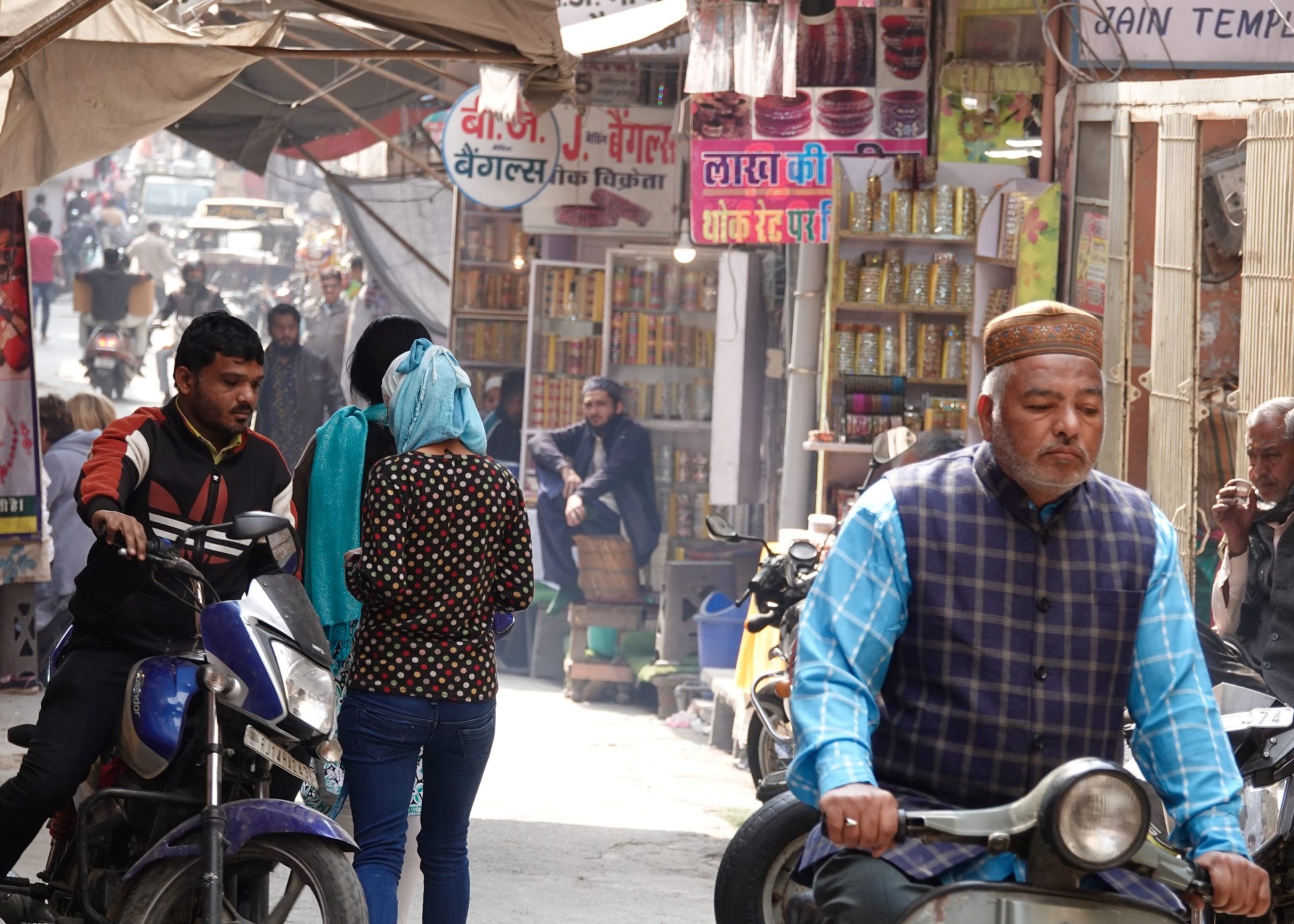This post is the fruit of a lunchtime walk through the walled, “old city” section of Jaipur, Rajasthan’s largest city.
Approaching four million people, its metropolis has around twice as many residents as Perth’s.
Its “old” part’s hub makes any part of Perth – or of most “Western World” city CBDs – feel relatively monochrome, lifeless.
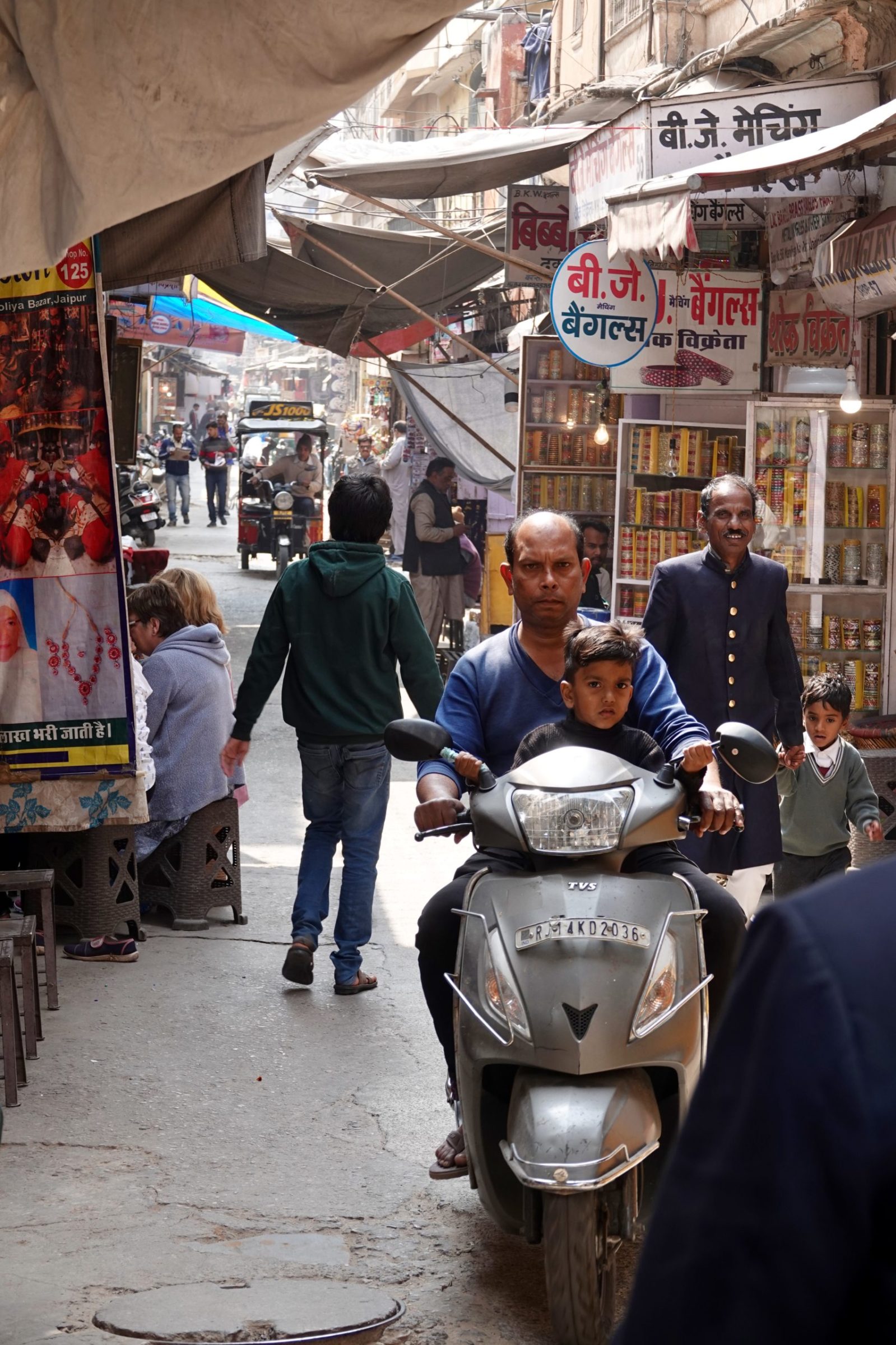
All photos candid, unposed; in most cases, their subjects were unaware of my camera’s presence, in the other cases, they paid little or no attention to it.
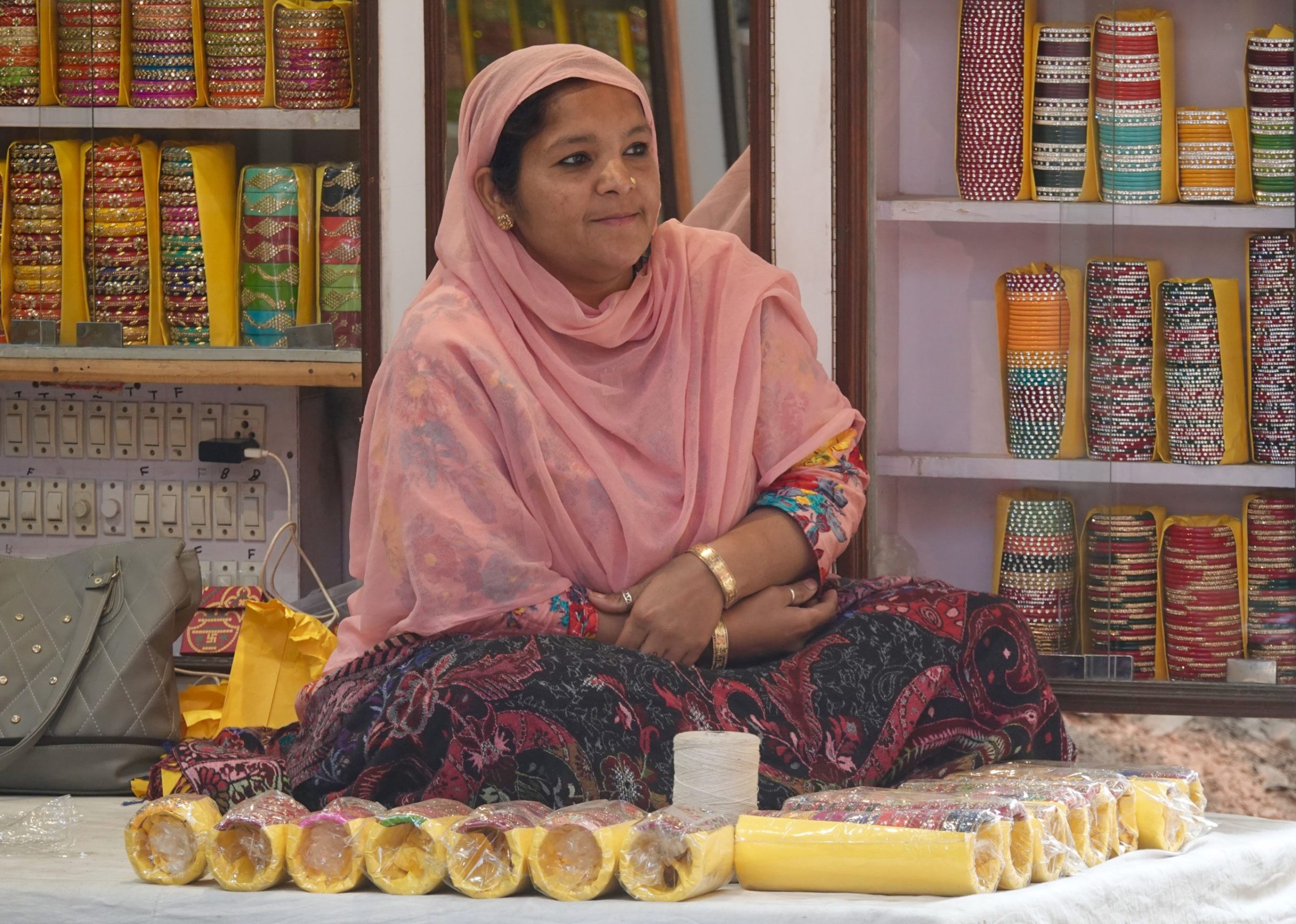
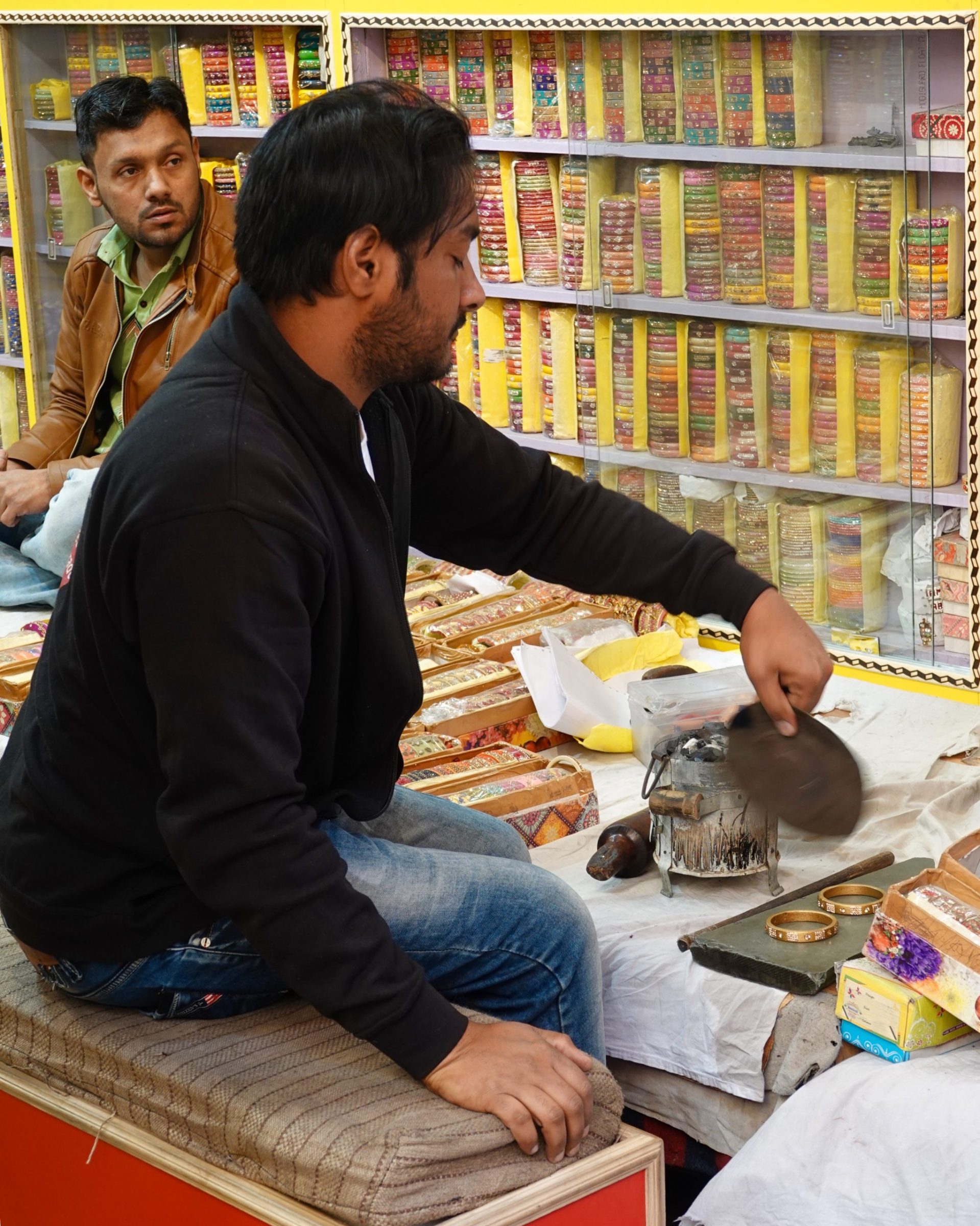
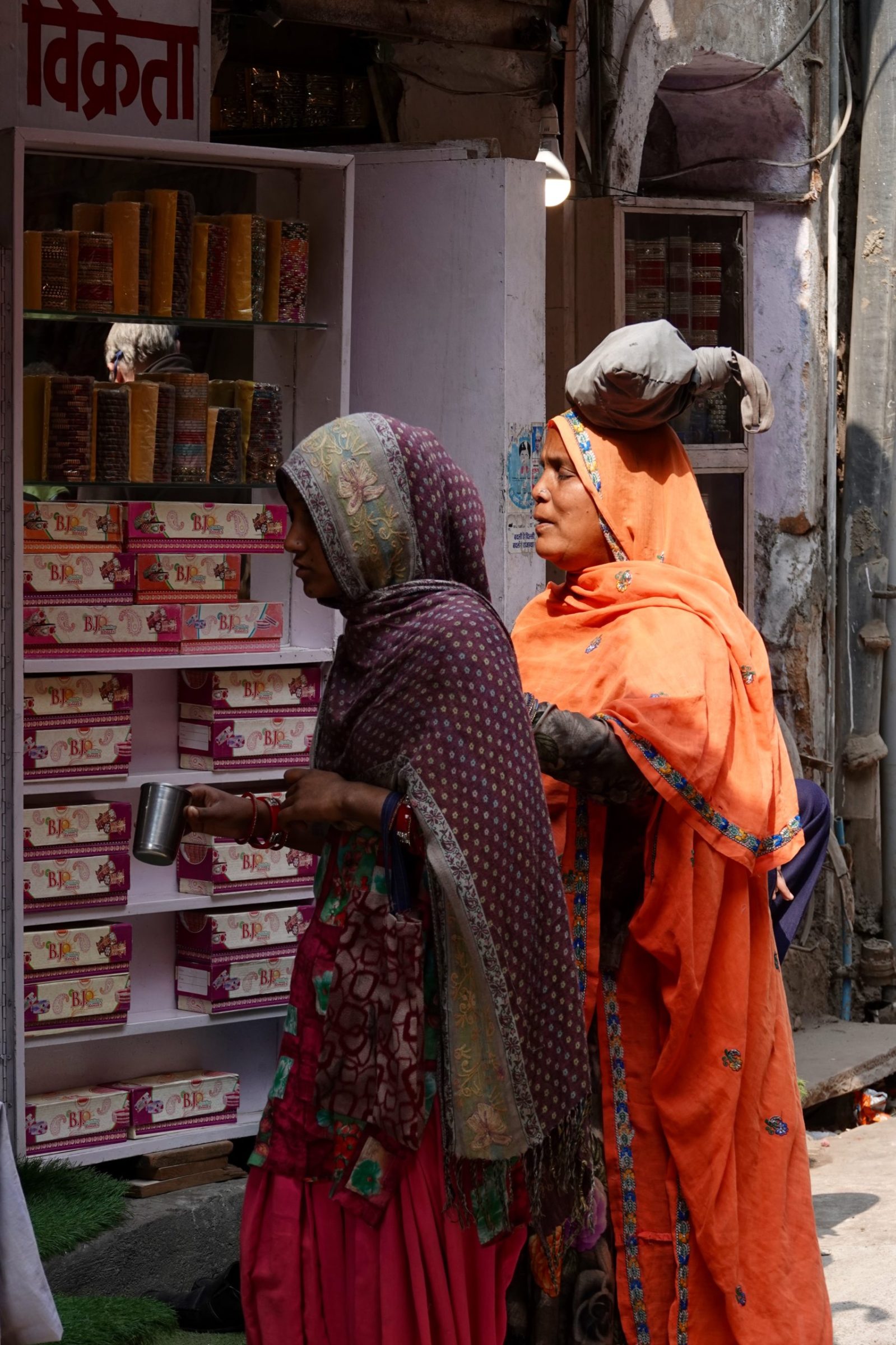
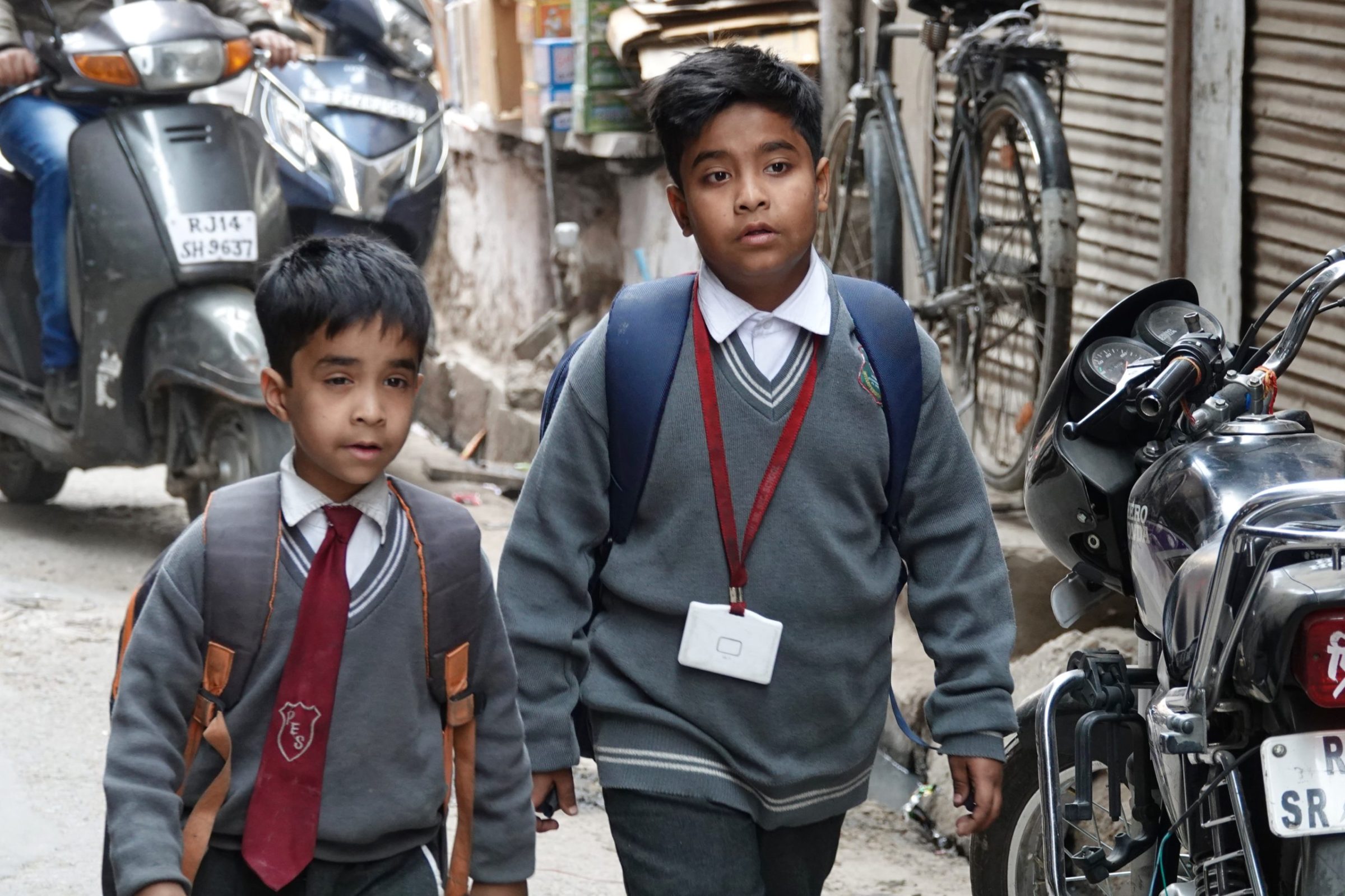
The above images were all taken in the same lane.
All this post’s photos were taken between 12.08 and 1.13 pm on 7th February this year.
At that time “the virus” had yet to “bite” in India, but India was then very much more “virus aware” than was Australia.
On arrival in India we were temperature-tested and questioned; on arrival back in Australia in early March absolutely nothing “virus-relevant” happened to us, and at the airport there was zero visual evidence that Australia was at all “virus aware”.
Jaipur’s “old”, walled city is not so very old; the so-called “pink city” was established in 1727, and is usually regarded as India’s first “planned” city.
Its nickname came via the distinctive local sandstone, from which all of its grander structures were built. Other buildings were then painted pink to match those made from “the real thing”.
As it happens, our brief 2020 visit to Jaipur (a couple of decades earlier, we had spent several days there) came just two days after the walled city’s certification as a Unesco World Heritage Site.
The certification followed a decision announced in July last year.
Click here for an article which considers what could/should be the consequences of Jaipur’s World Heritage listing.
(the consequences are not necessarily/totally benign. One key sentence from the article:
The granting of the tag of “World Heritage Site” to Jaipur’s walled city by UNESCO may intensify the neoliberal repackaging of the city for purposes of tourism while simultaneously aligning with the resuscitated power of the erstwhile royals and other elite groups)
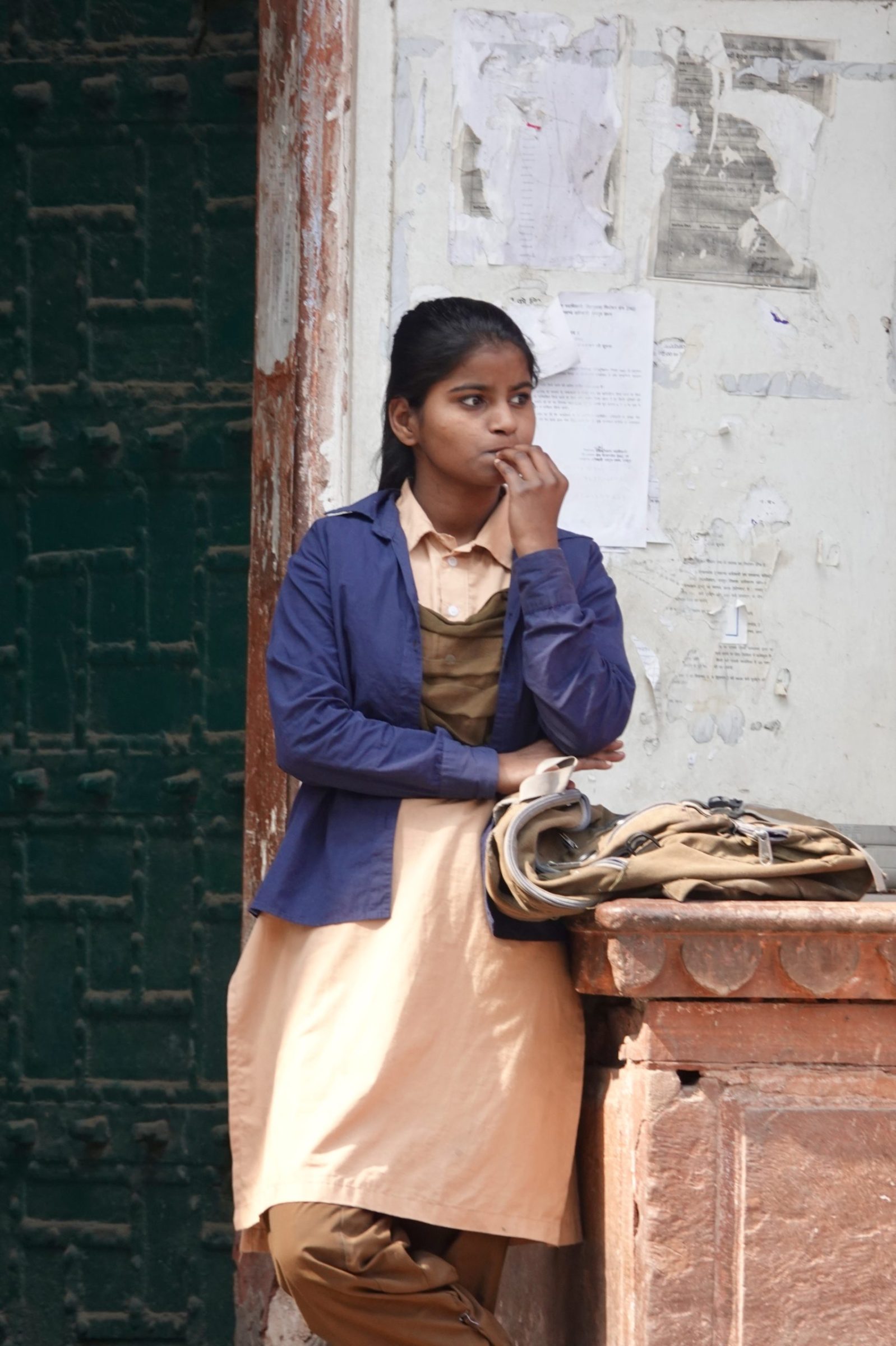
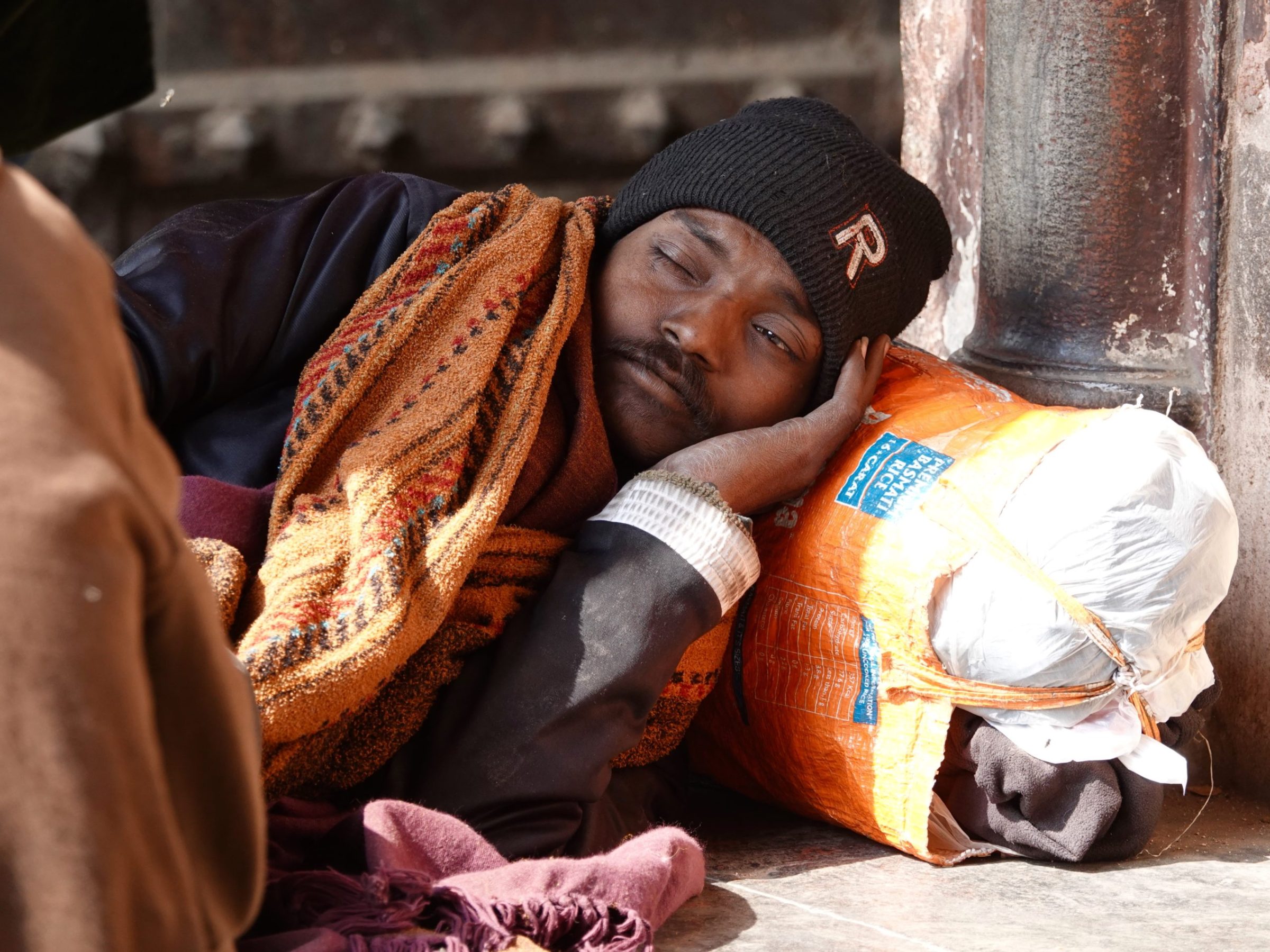
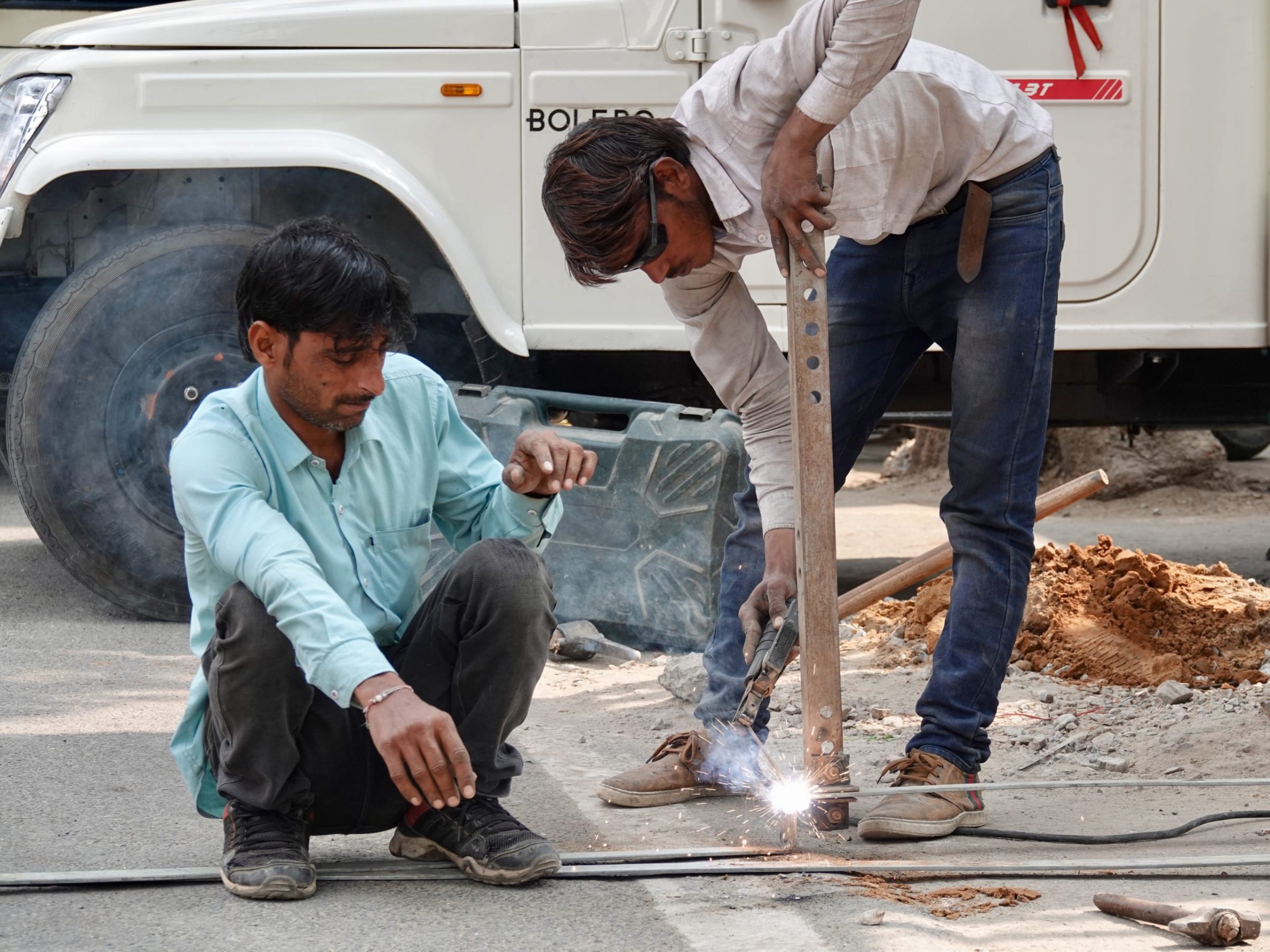
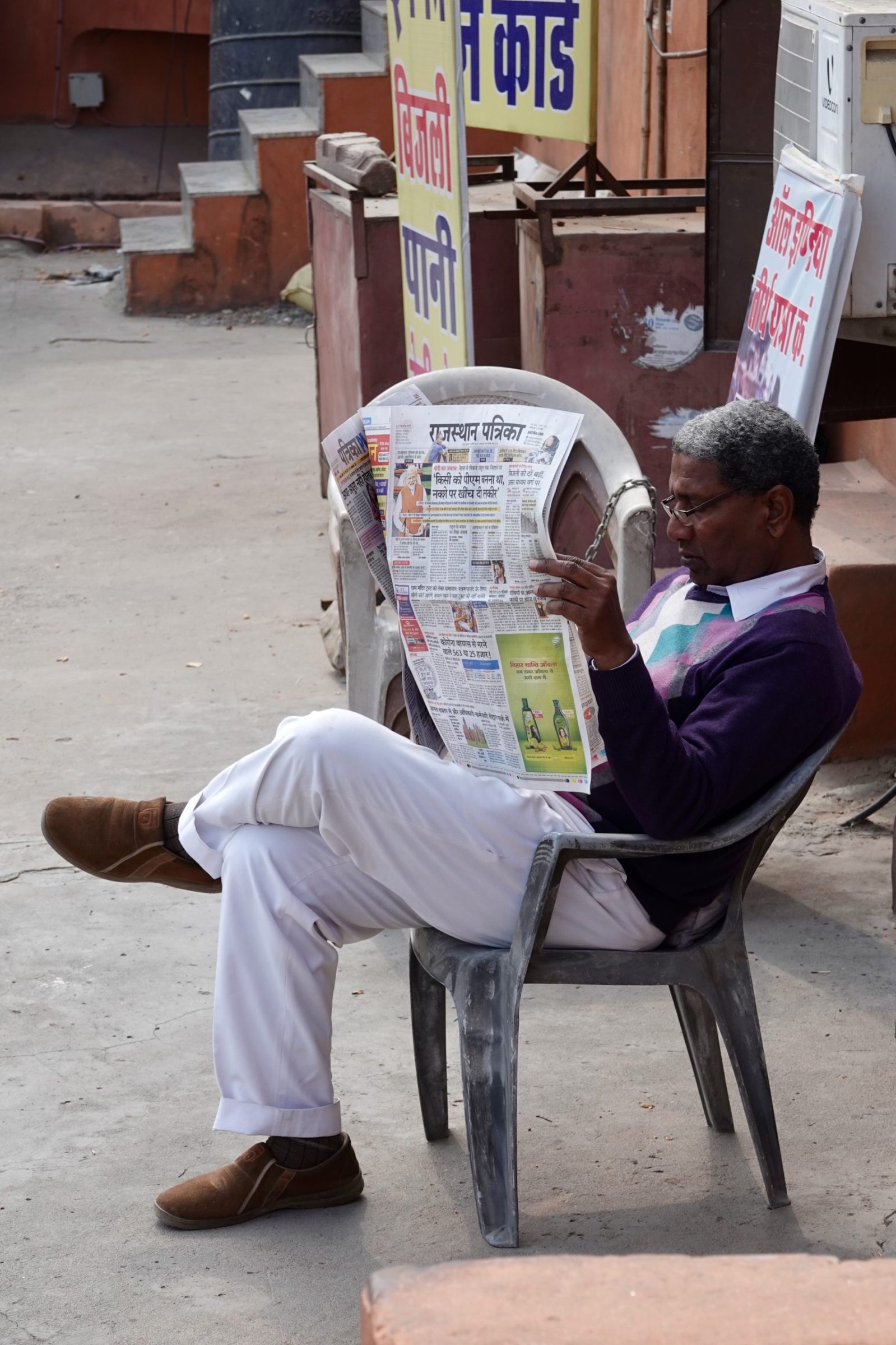
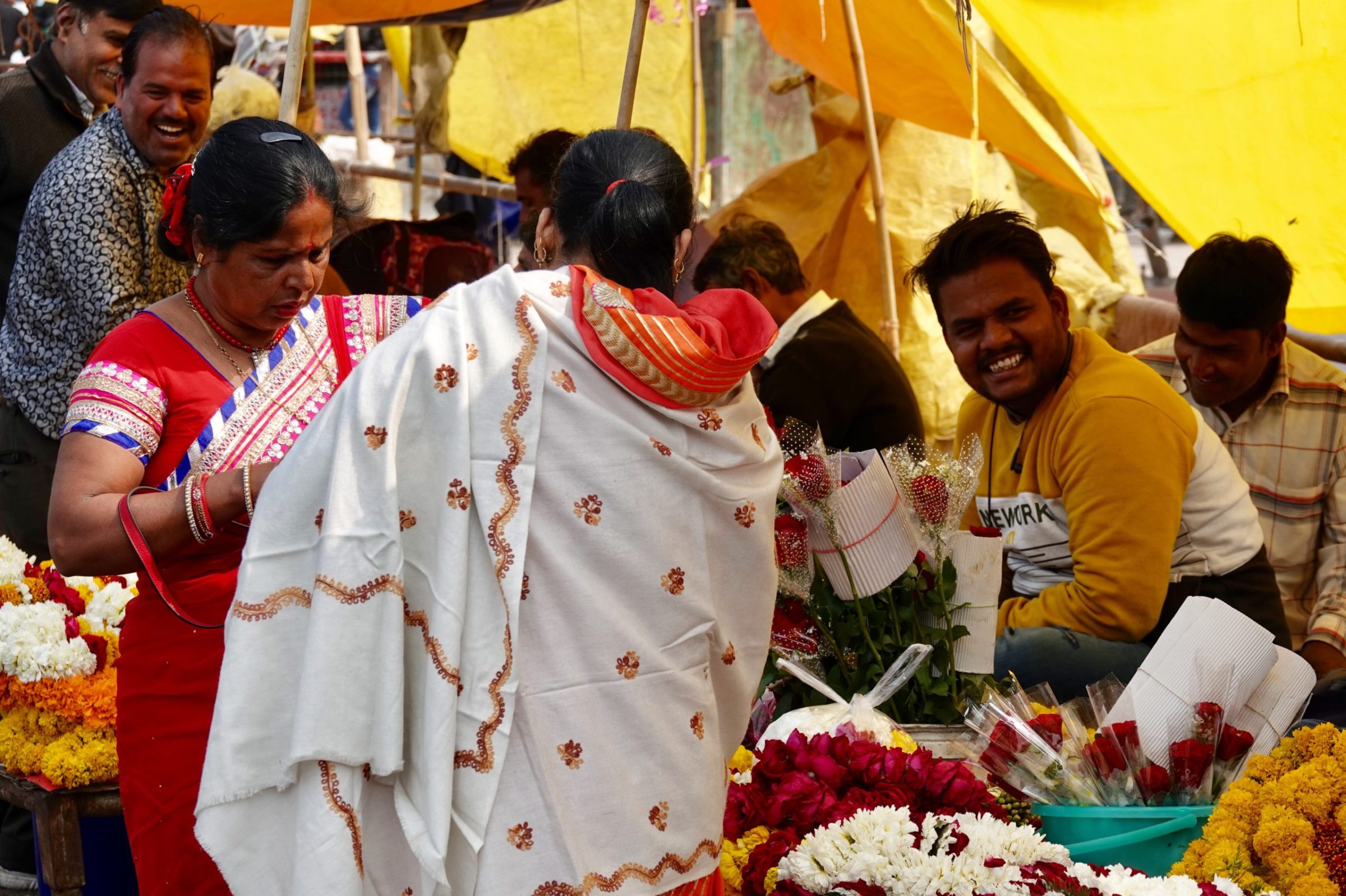
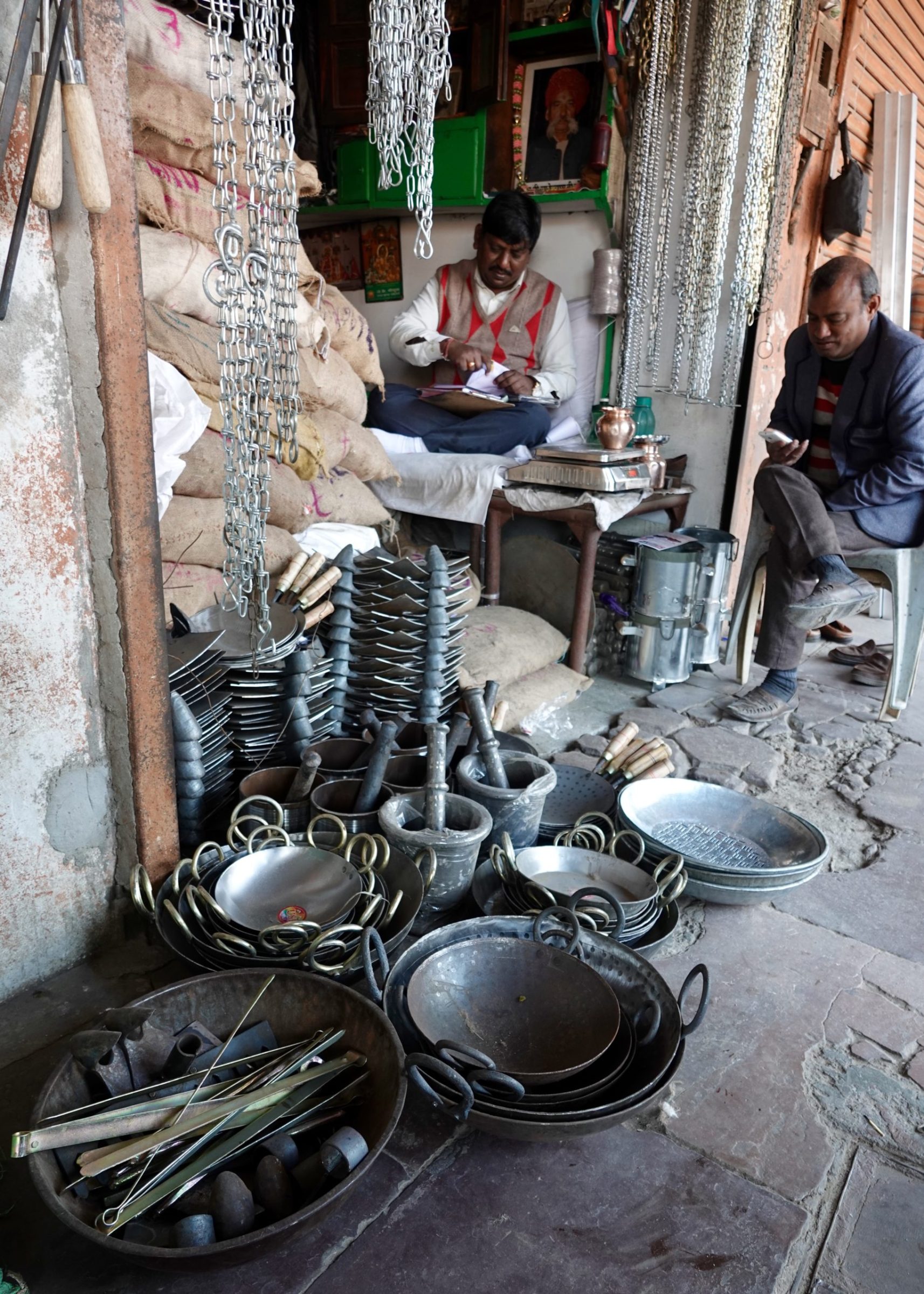
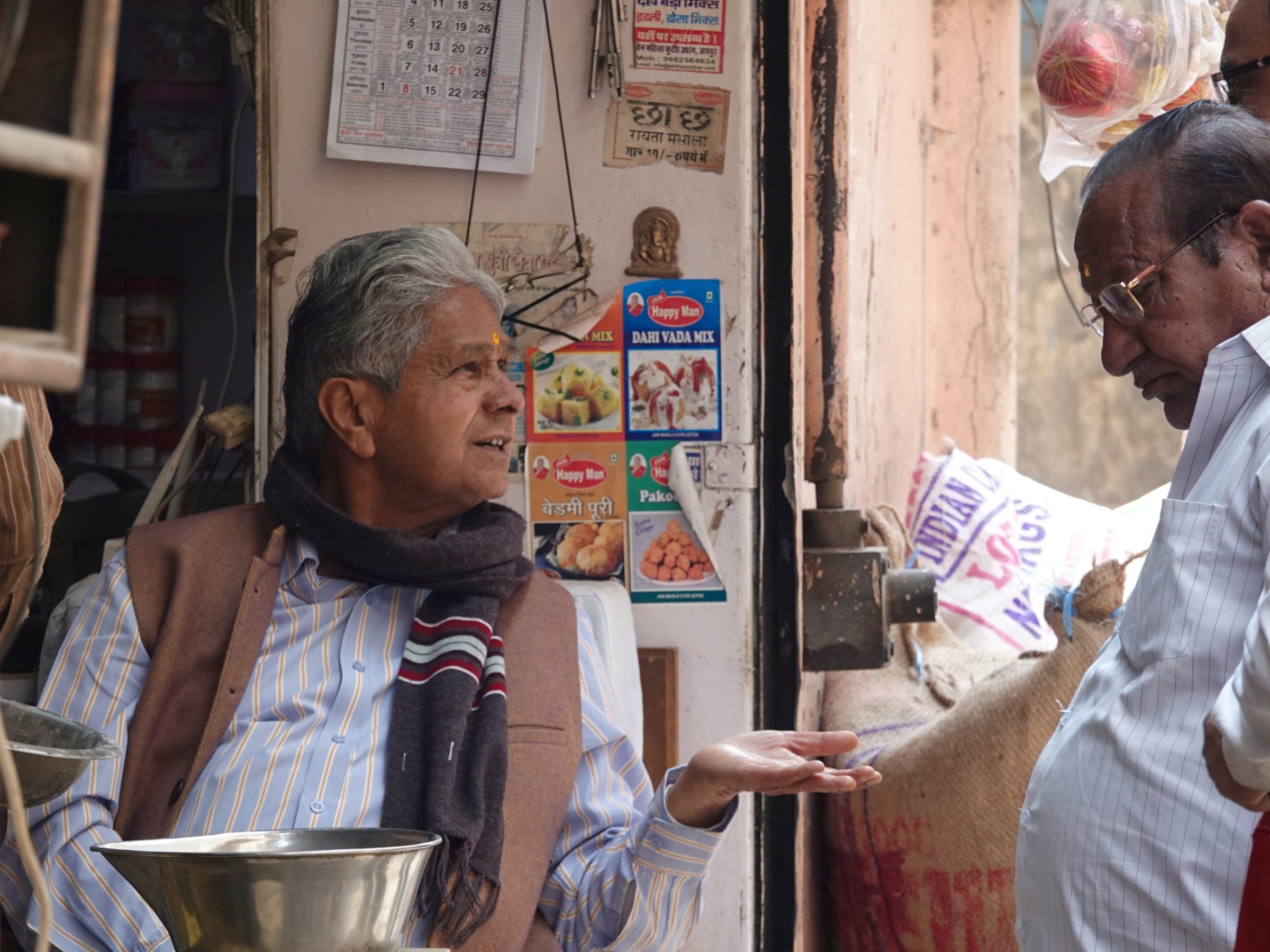
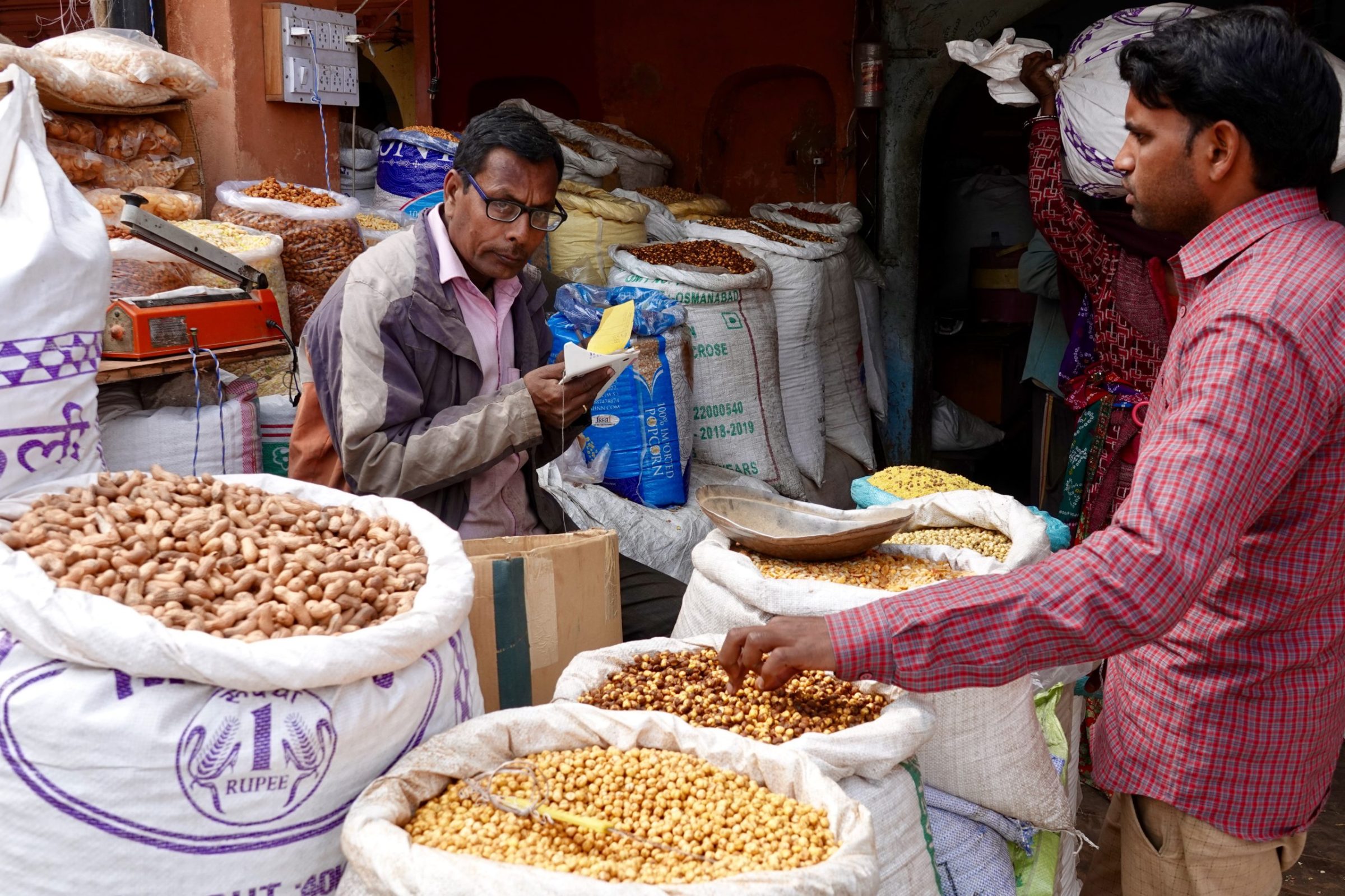
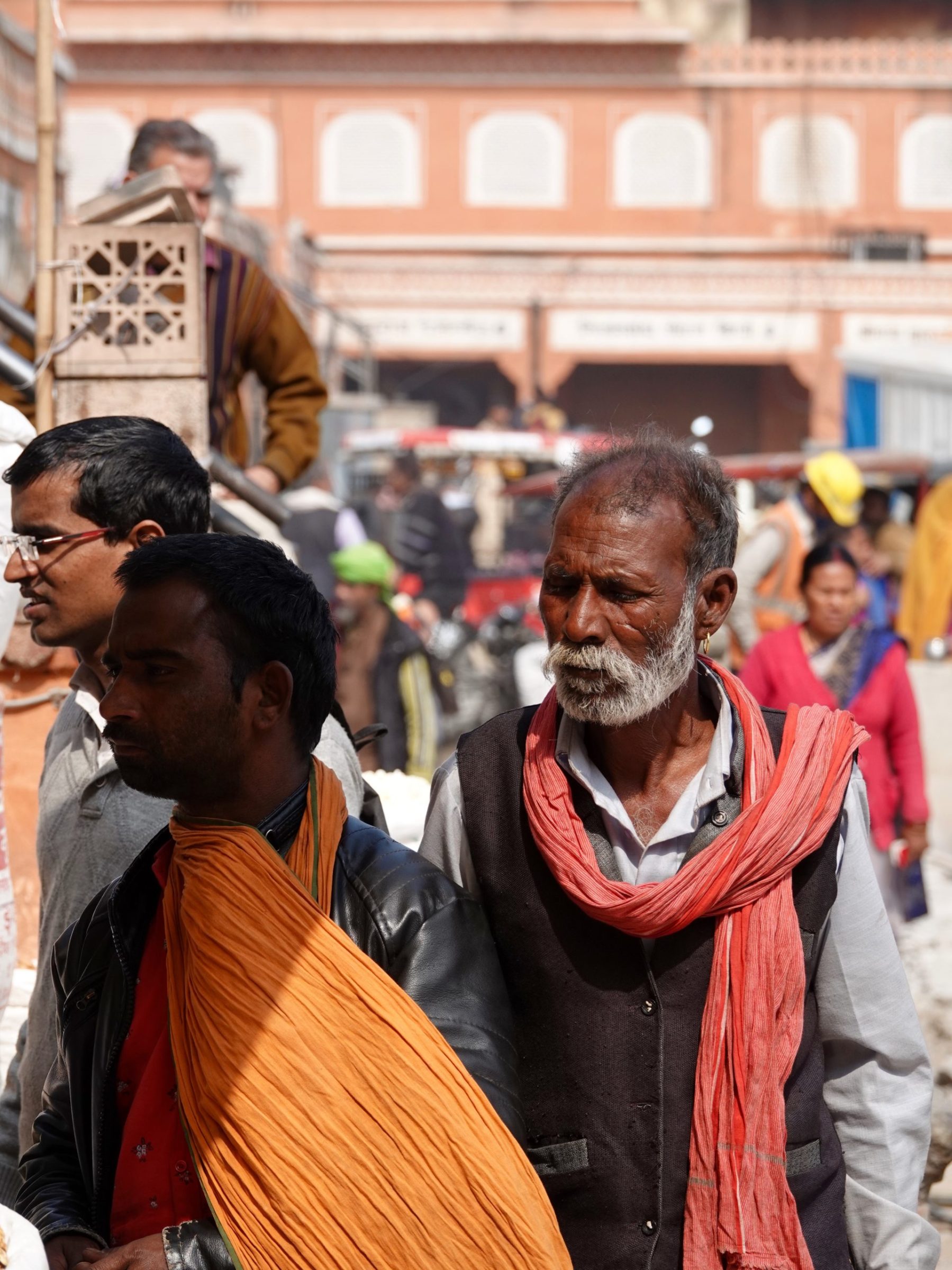
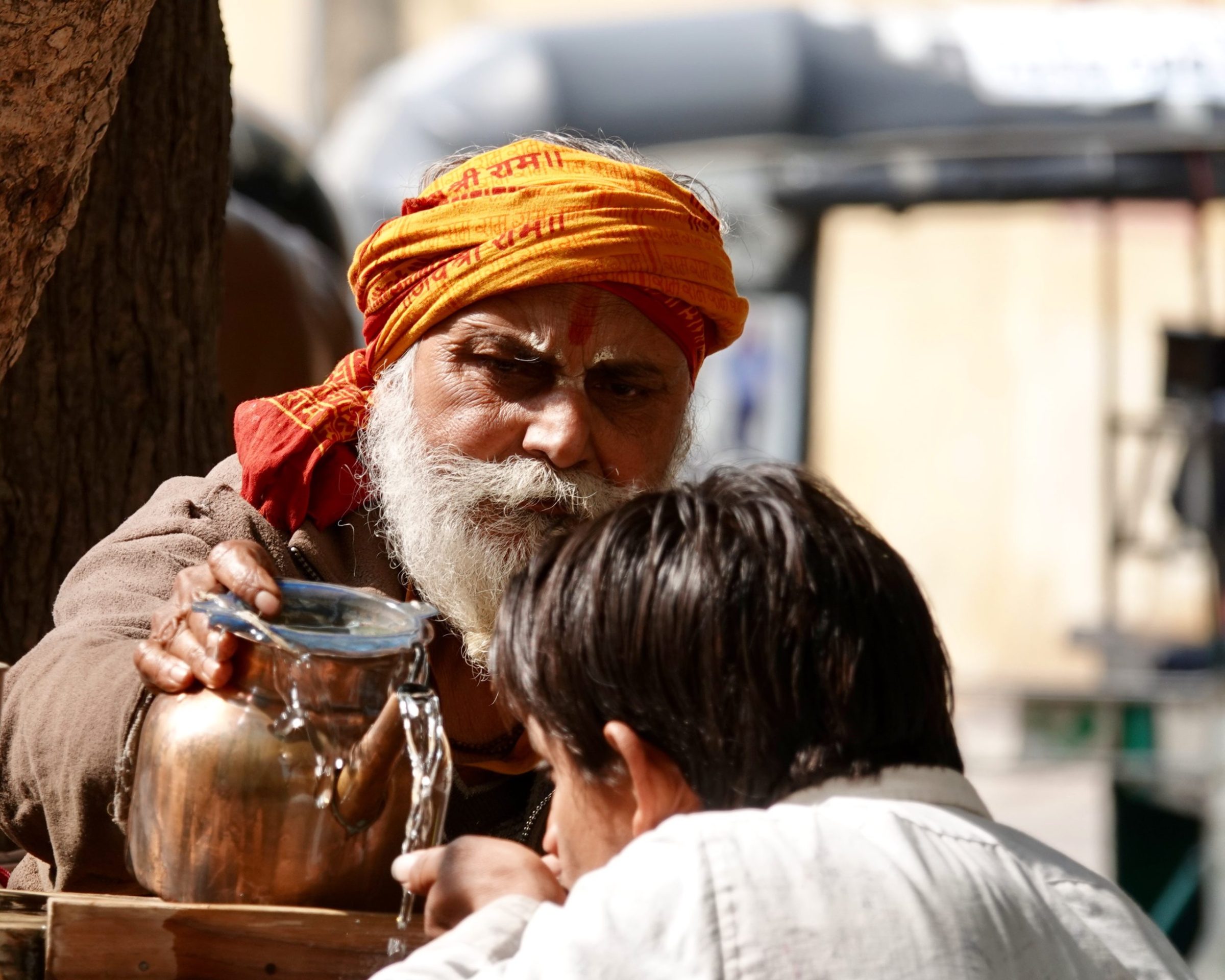
Footnote: three earlier posts contain images from the same walk; to see them, simply click the “Jaipur” tag, below.
